Mr. Hoang had just seen a foreign customer out of the store when he came back in to explain: "Only a few people stopped by all day, but no one bought anything. After the pandemic, customers have been saving and there are still too few."
In nearly 30 years of selling souvenirs to foreign tourists on Le Loi Street, except for the 2 years of Covid-19 and the first half of 2022 when it was affected, Mr. Hoang has never been in a situation of "starving" customers like now and has never seen the street with so many for rent signs.
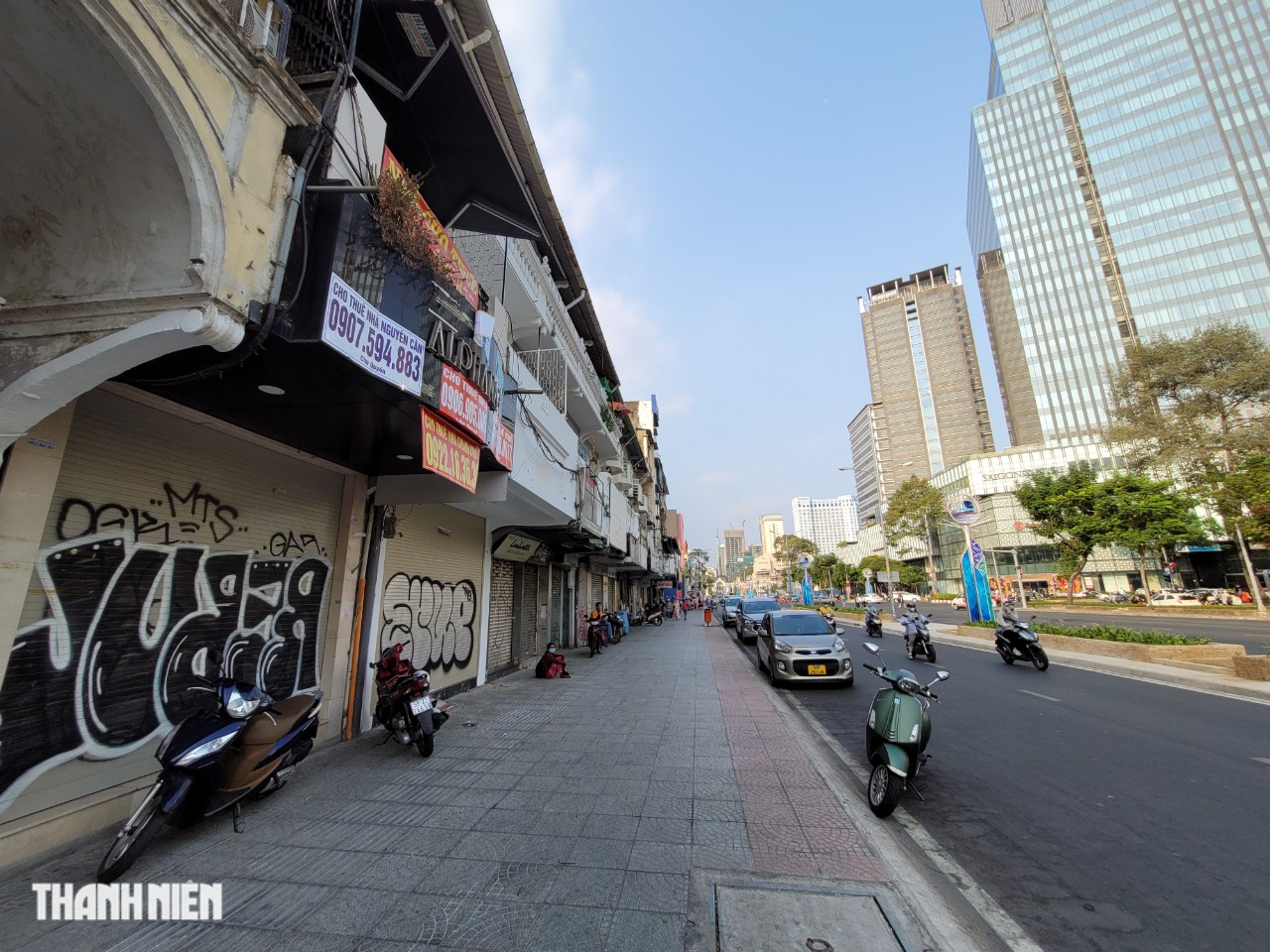
Le Loi Street, also known as Le Loi Boulevard, connects two iconic architectural monuments of Ho Chi Minh City, Ben Thanh Market and the City Theater, within a distance of nearly 1 km. The street, which used to be home to many bustling shops, crowded restaurants, eateries, and crowded offices for rent, is now deserted and deserted.
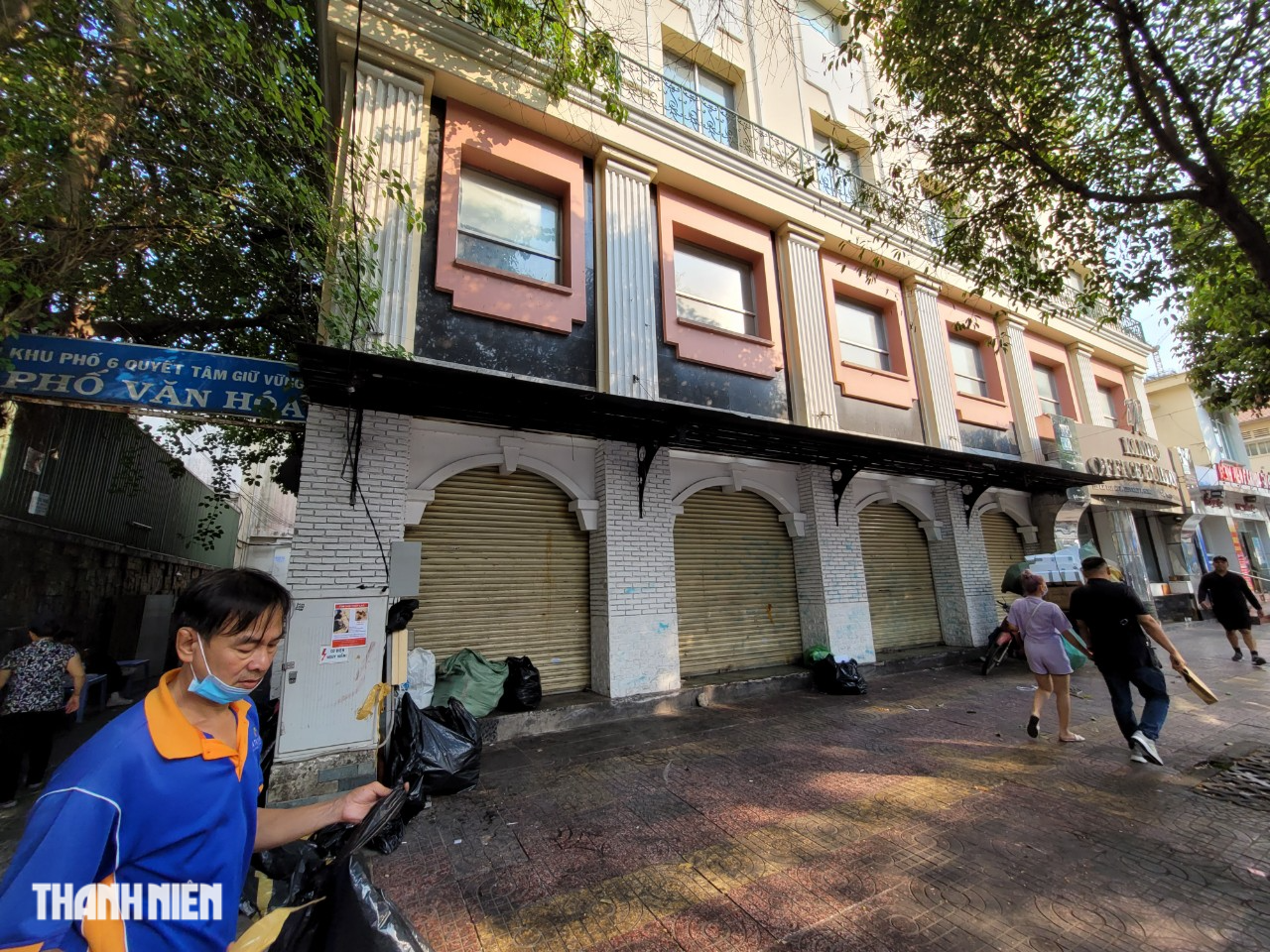
After 7 years of being partially fenced off for the construction of metro line 1 Ben Thanh - Suoi Tien, in August 2022, Le Loi Street was given back its land. Shops began to renovate and reopen. However, the impact of the global economic crisis and the aftershocks of the pandemic have not yet restored the vitality of the city's once busiest street.
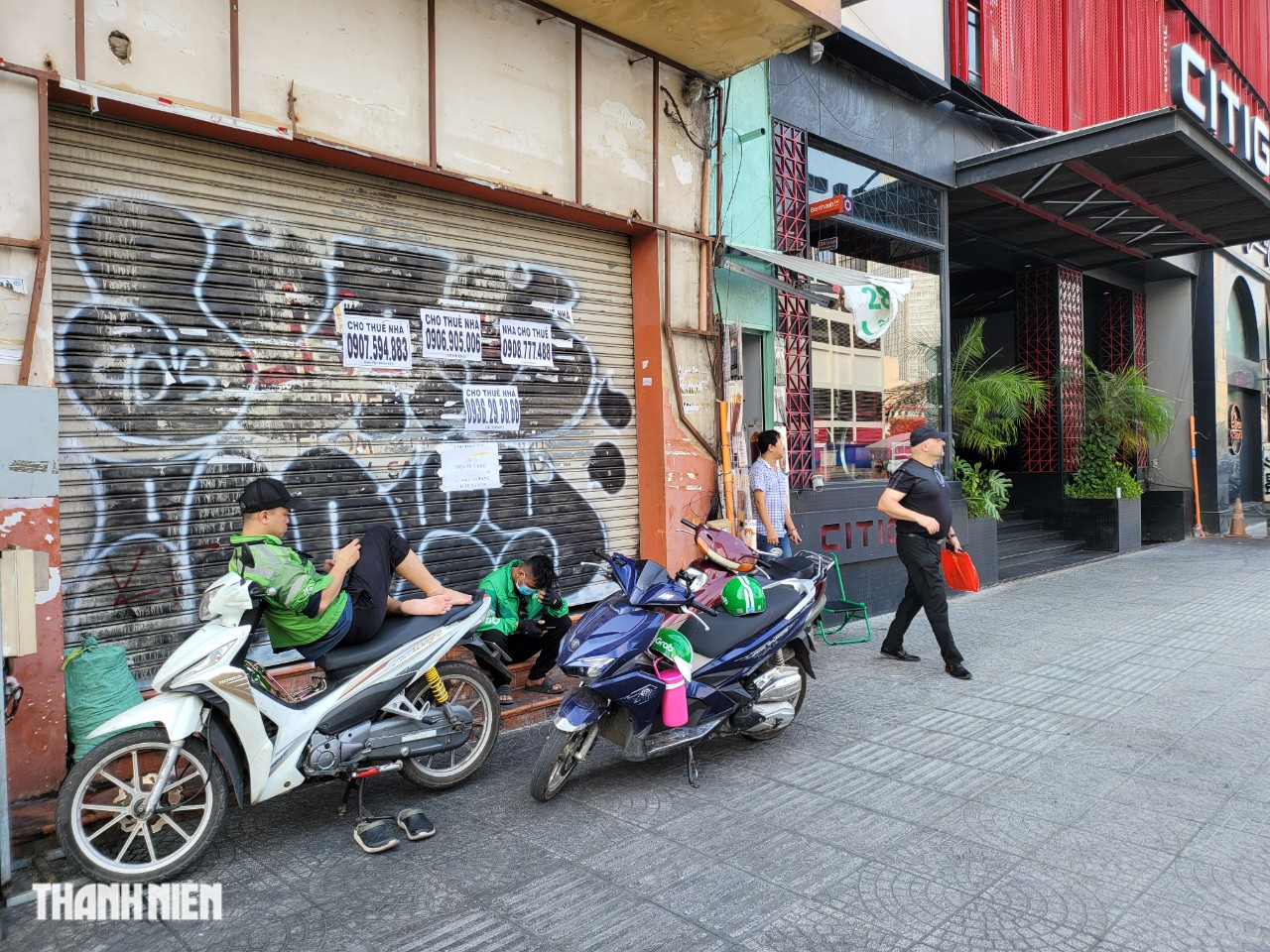
A foreign visitor walks out of a pen shop with a frontage of just over 1 meter, a depth of about 10 meters, and has been here for nearly 30 years. According to the shop owner, the even-numbered frontage on Le Loi Street used to mainly sell souvenirs, watches, jewelry, shops, etc. to serve international tourists.
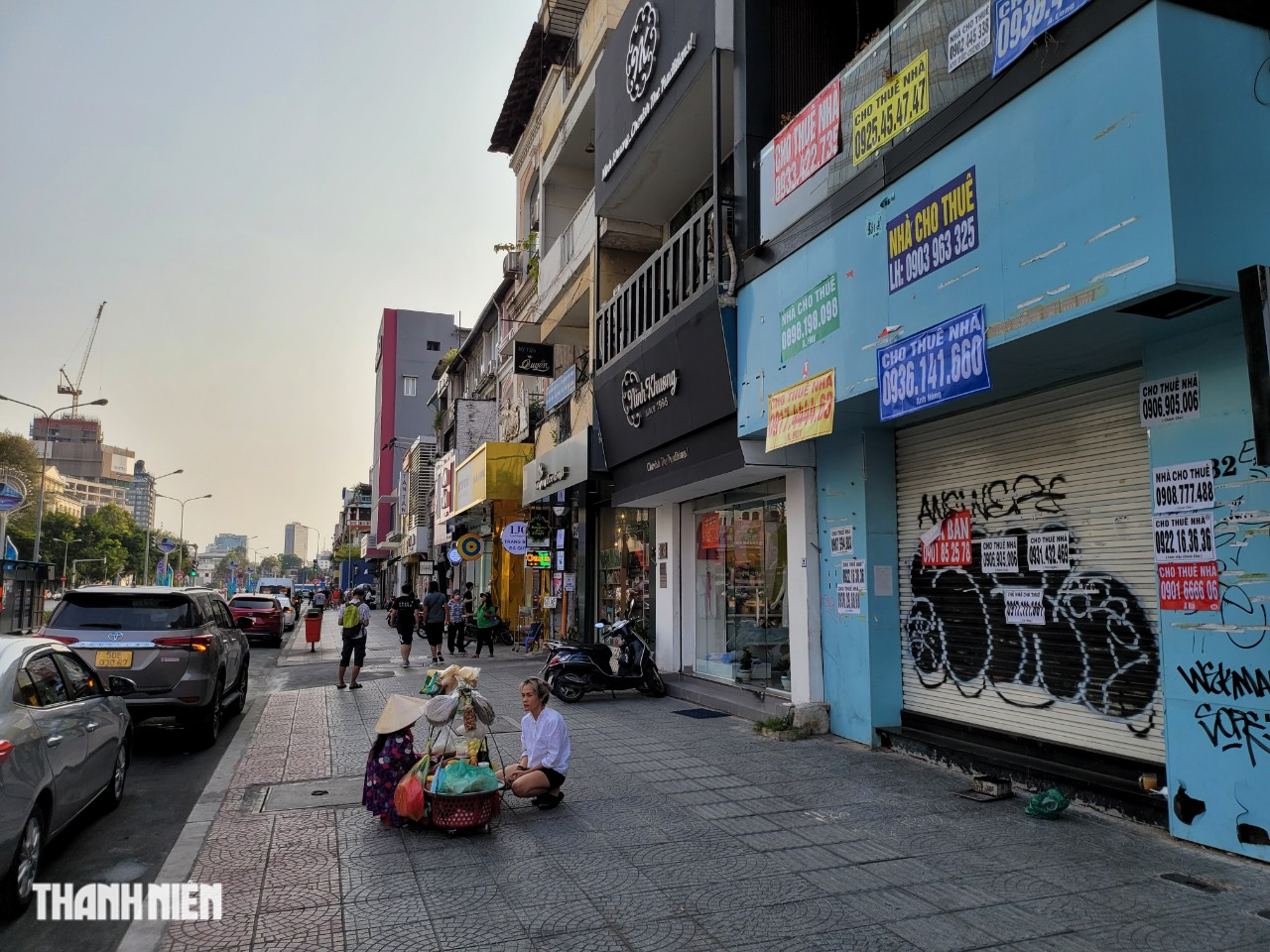
But the lack of international visitors has made business sluggish. Revenues cannot cover costs, so closing is inevitable.
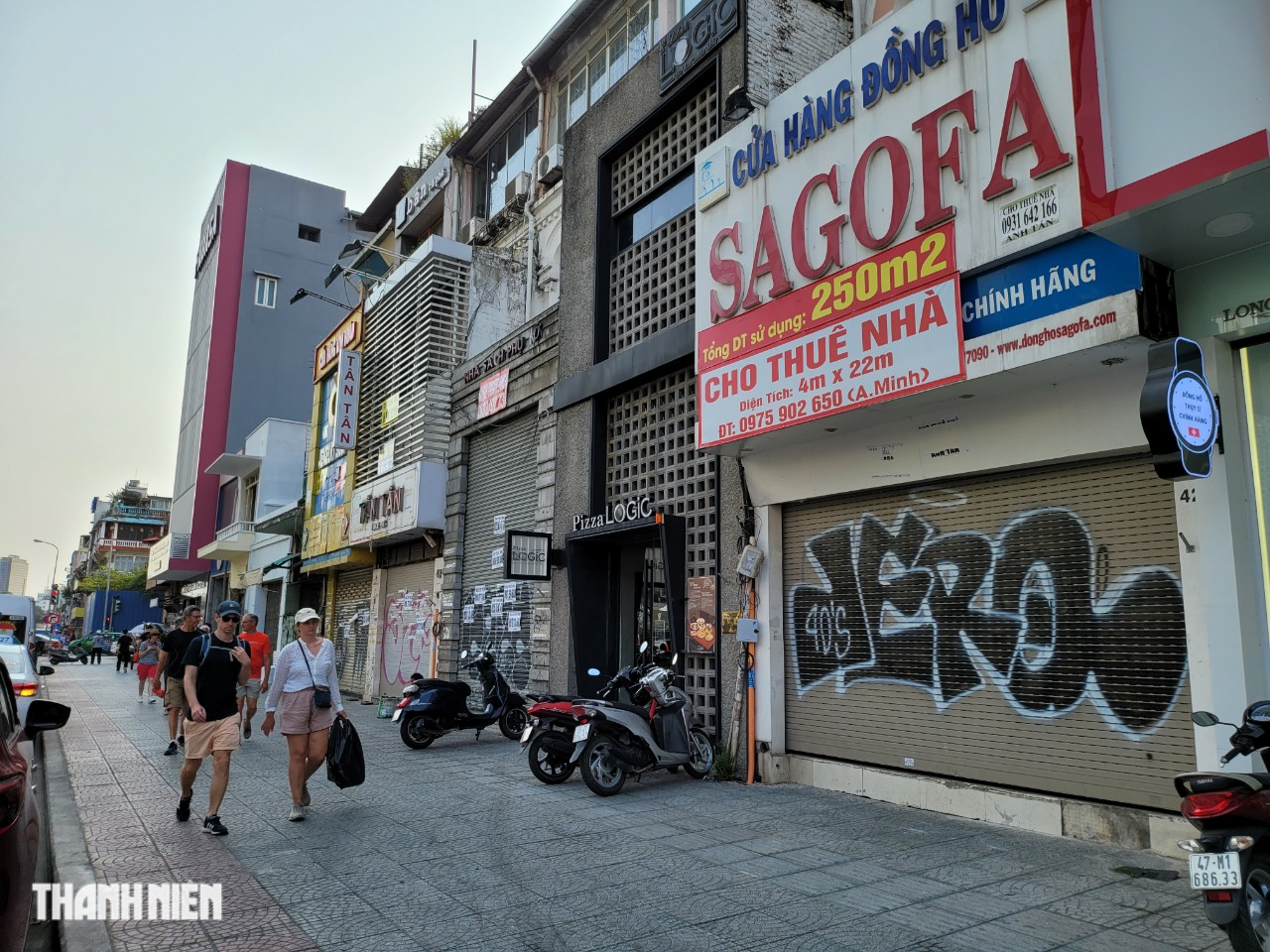
According to the General Statistics Office, in the first quarter of 2023, the number of international visitors to Vietnam reached nearly 2.7 million, only 60% compared to the same period in 2019 - the year before the Covid-19 pandemic.
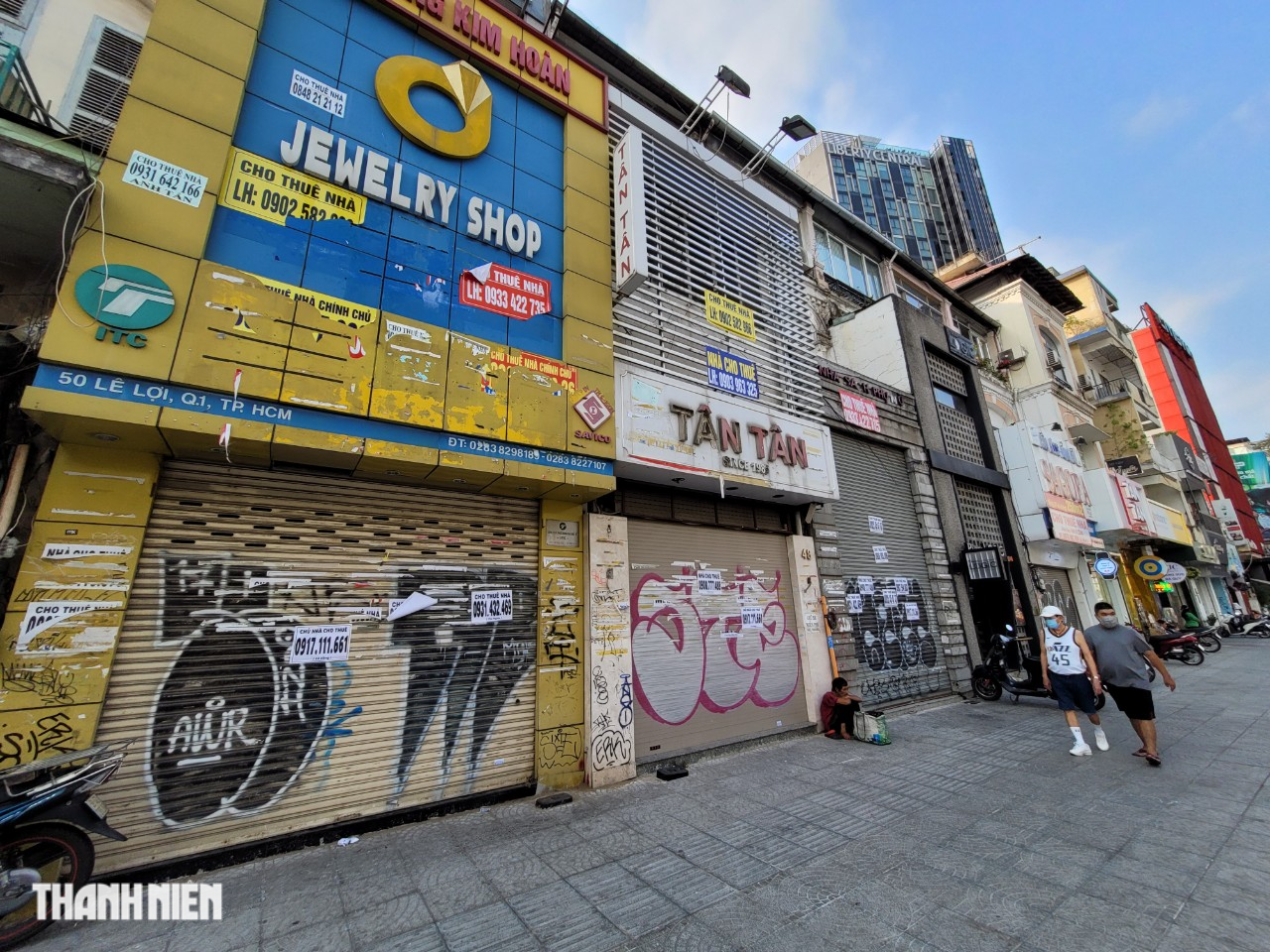
No one could imagine that the busiest street in the city would be so sad now.
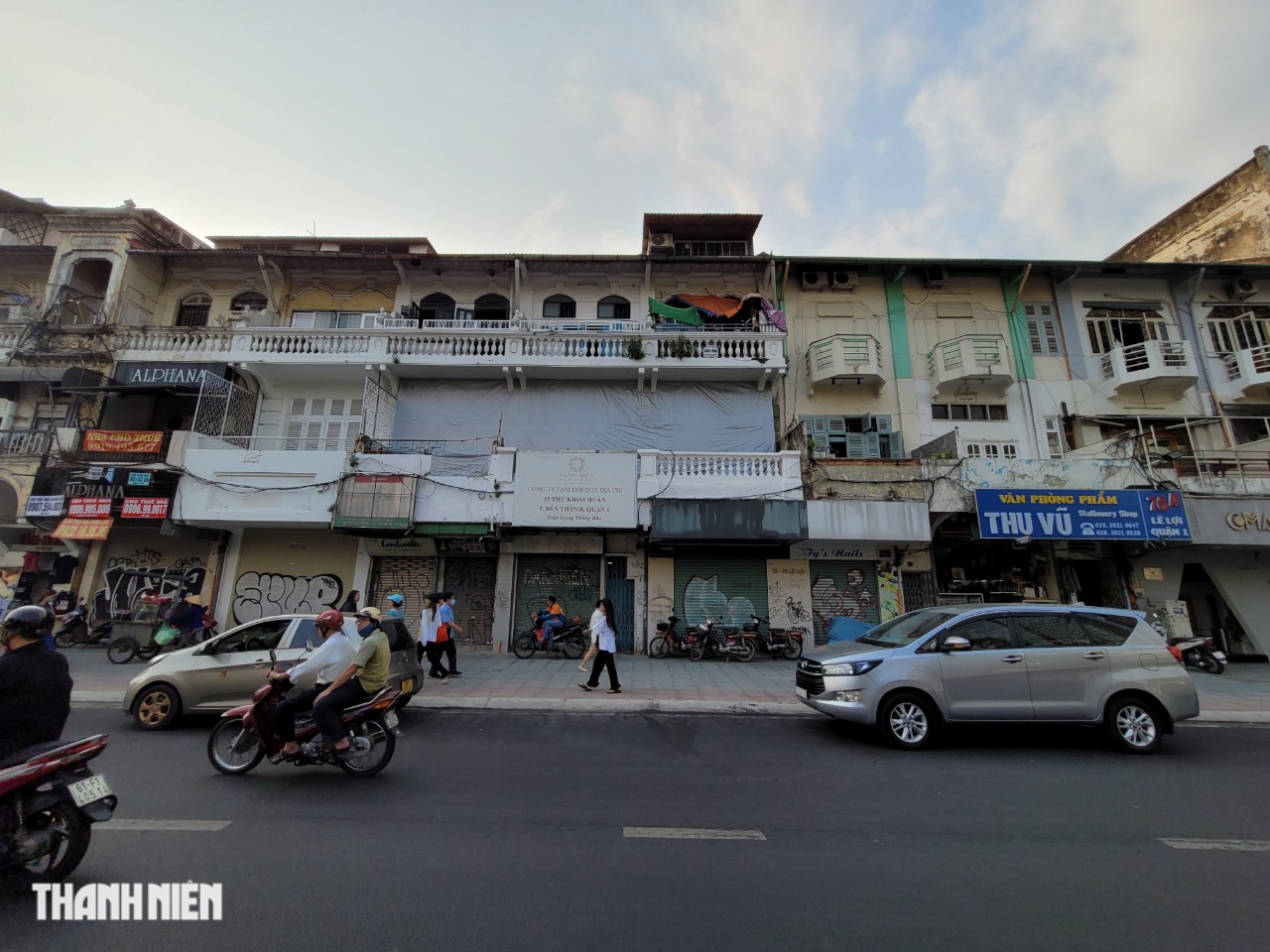
A long row of houses hung up signs looking for tenants.
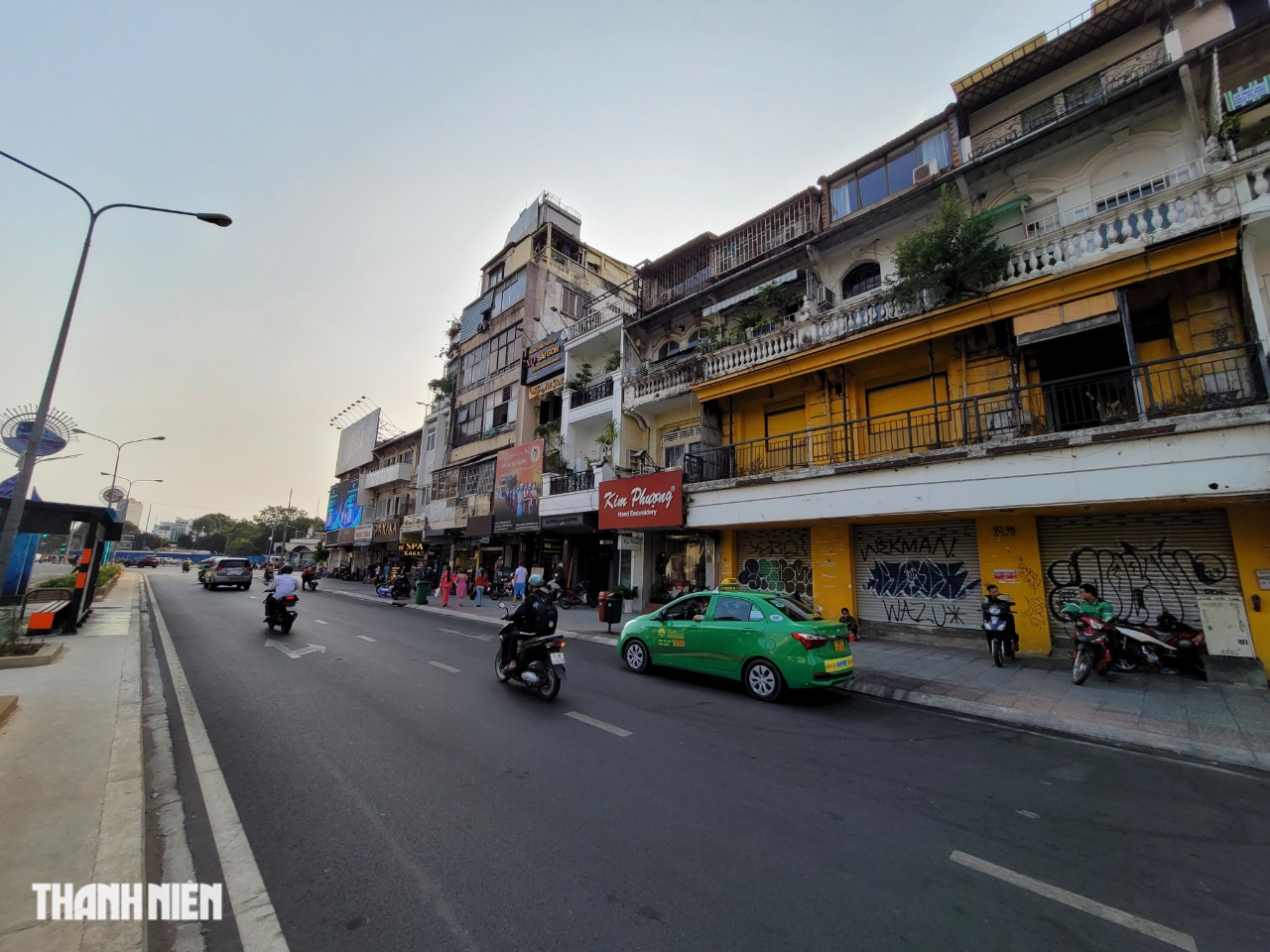
The scene of the center of District 1 during rush hour on the afternoon of March 30, on Le Loi Street near Ben Thanh Market is quite deserted.
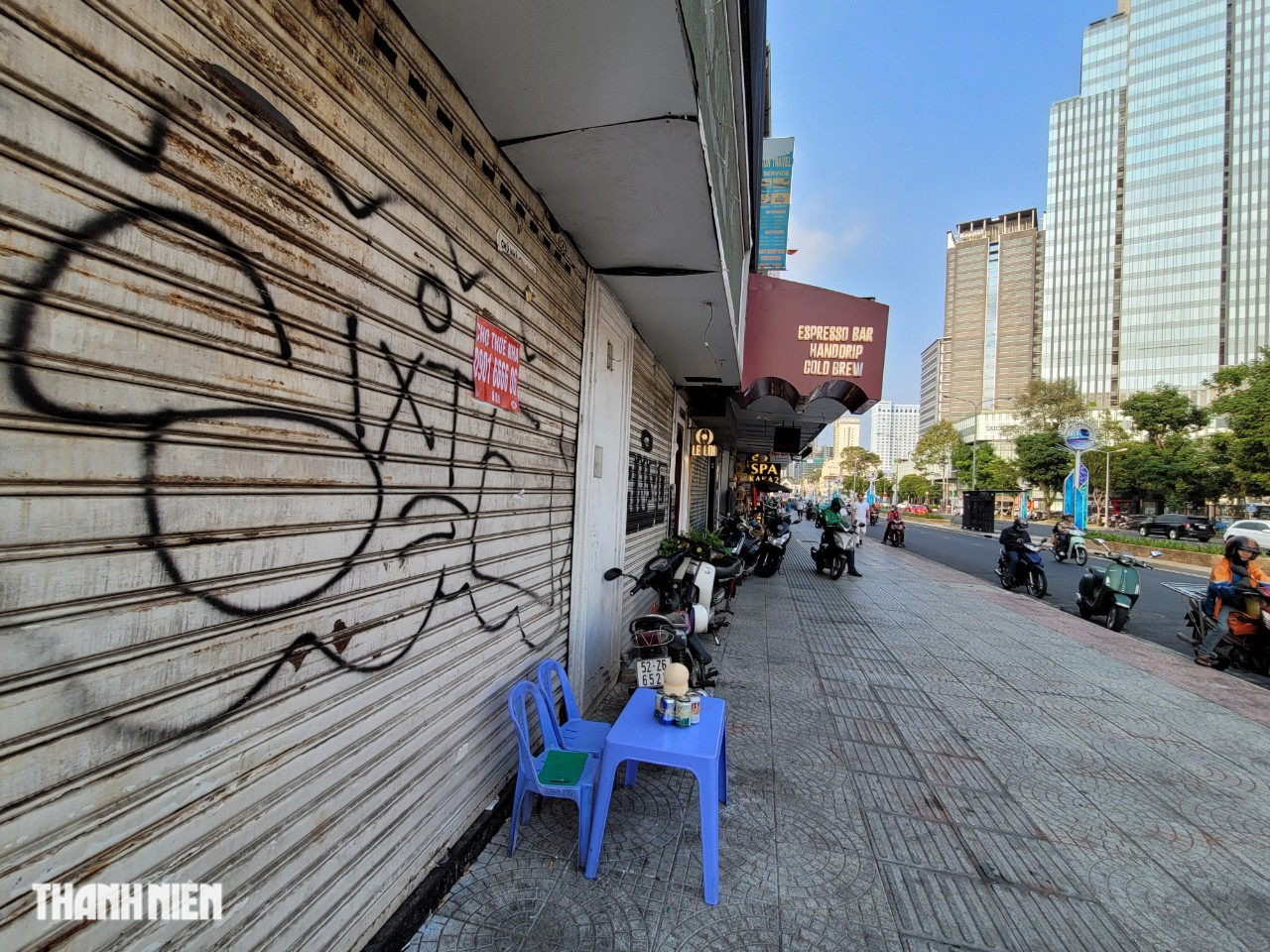
The street corner near Quach Thi Trang roundabout, looking towards Takashimaya shopping center and the City Theater, has now become a parking lot for technology drivers.
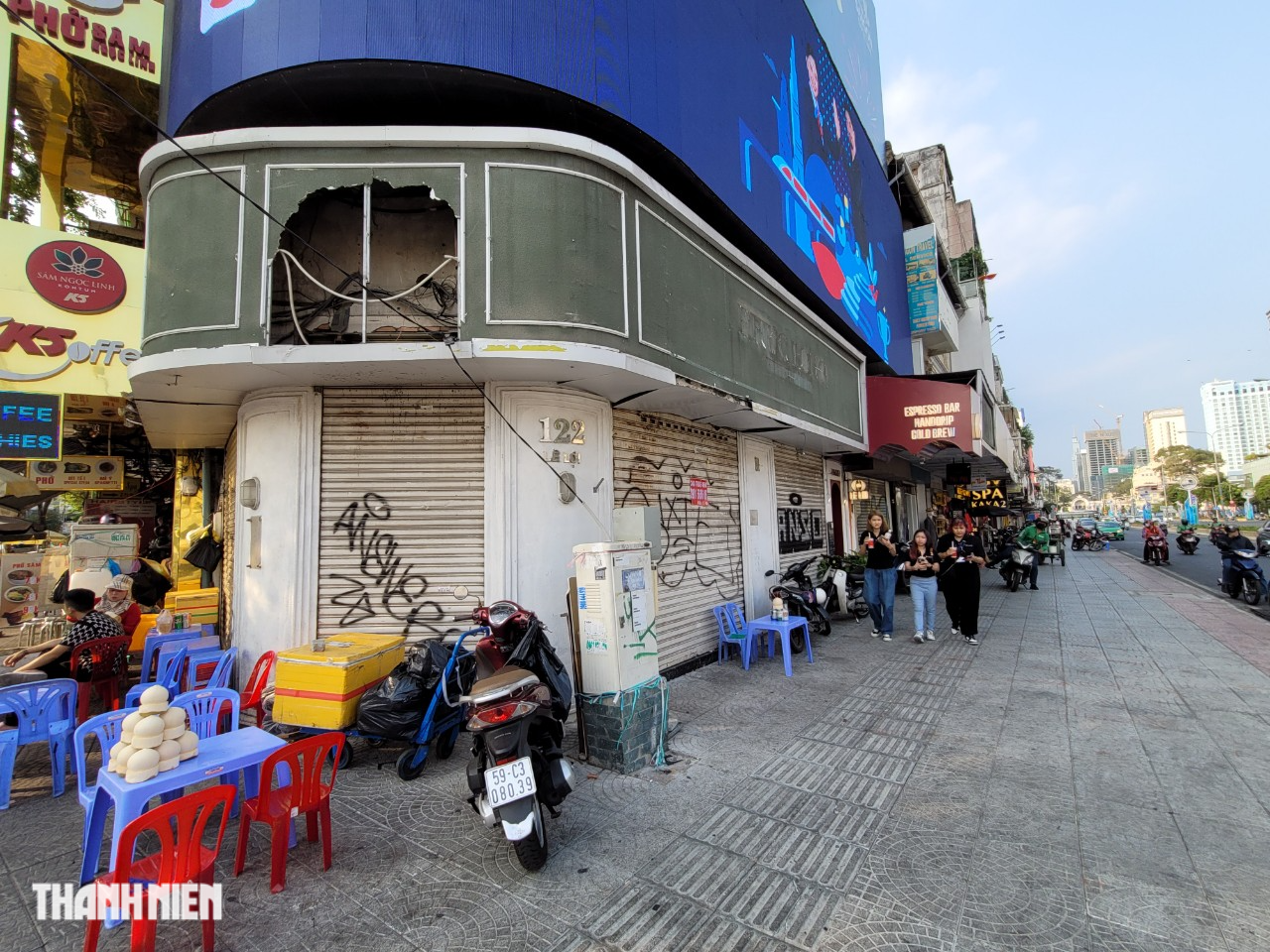
The house is in a prime location right at the Quach Thi Trang roundabout, where many roads intersect in the center of District 1, but it is vacant, with broken billboards... This is also the road that the Ho Chi Minh City Department of Planning and Architecture has just proposed to install a roof along the sidewalk to create shade, protect from the rain, and create a walking space. The total estimated cost is 20 - 30 billion VND. District 1 People's Committee also proposed to turn Le Loi Street into a walking street to attract tourists and develop the night-time economy.
Luxury hotels are being put up for sale in droves, people are heartbroken "hoping for tourism to recover"
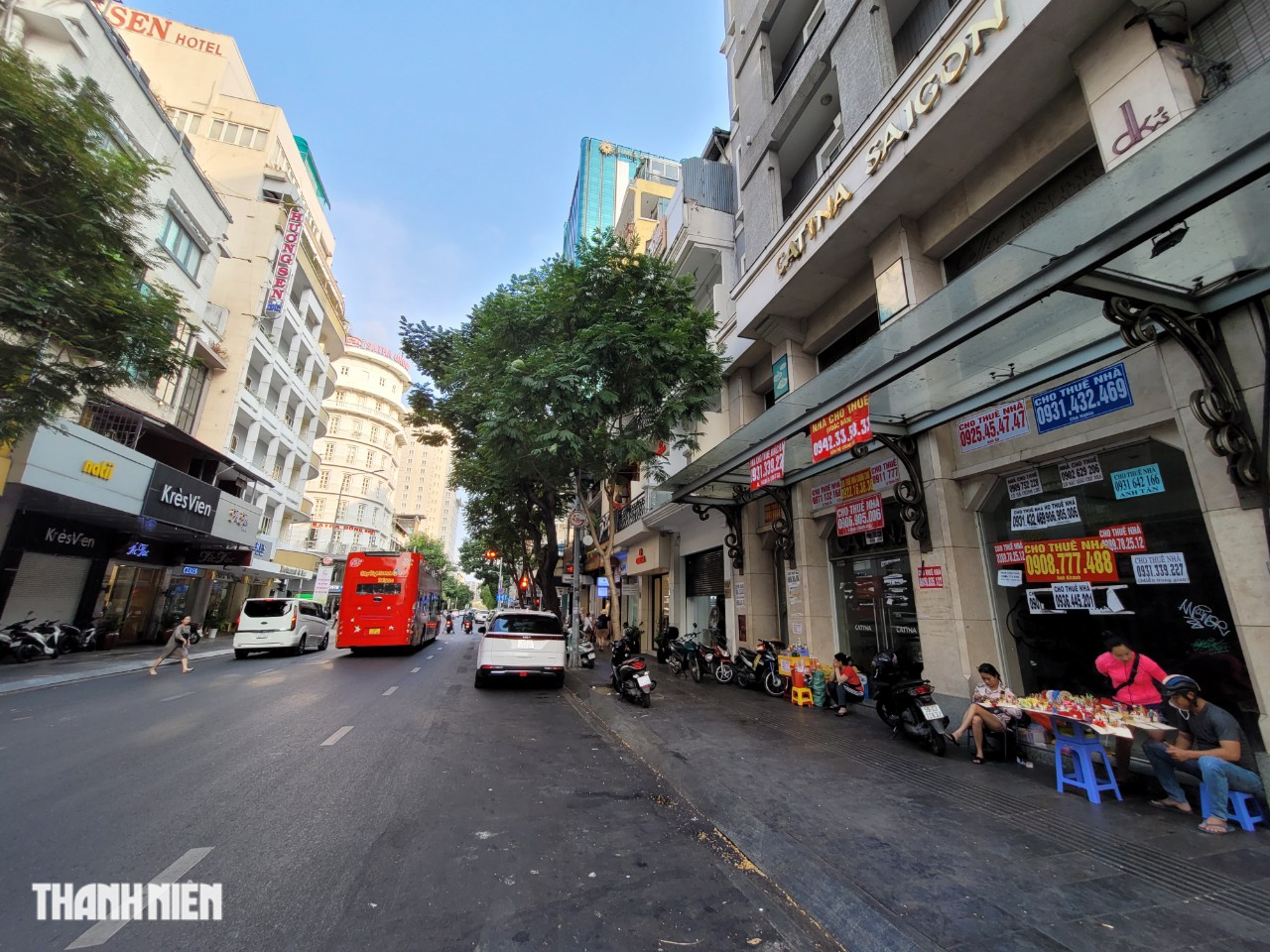
Le Loi, Dong Khoi and Nguyen Hue streets are where most foreigners walk and shop. This is also the street connecting tourist attractions and large commercial centers but is strangely deserted. A row of houses on Dong Khoi street is covered with for rent signs, becoming a place for sidewalk trading.

The house on Dong Khoi Street used to be a place to sell paintings.
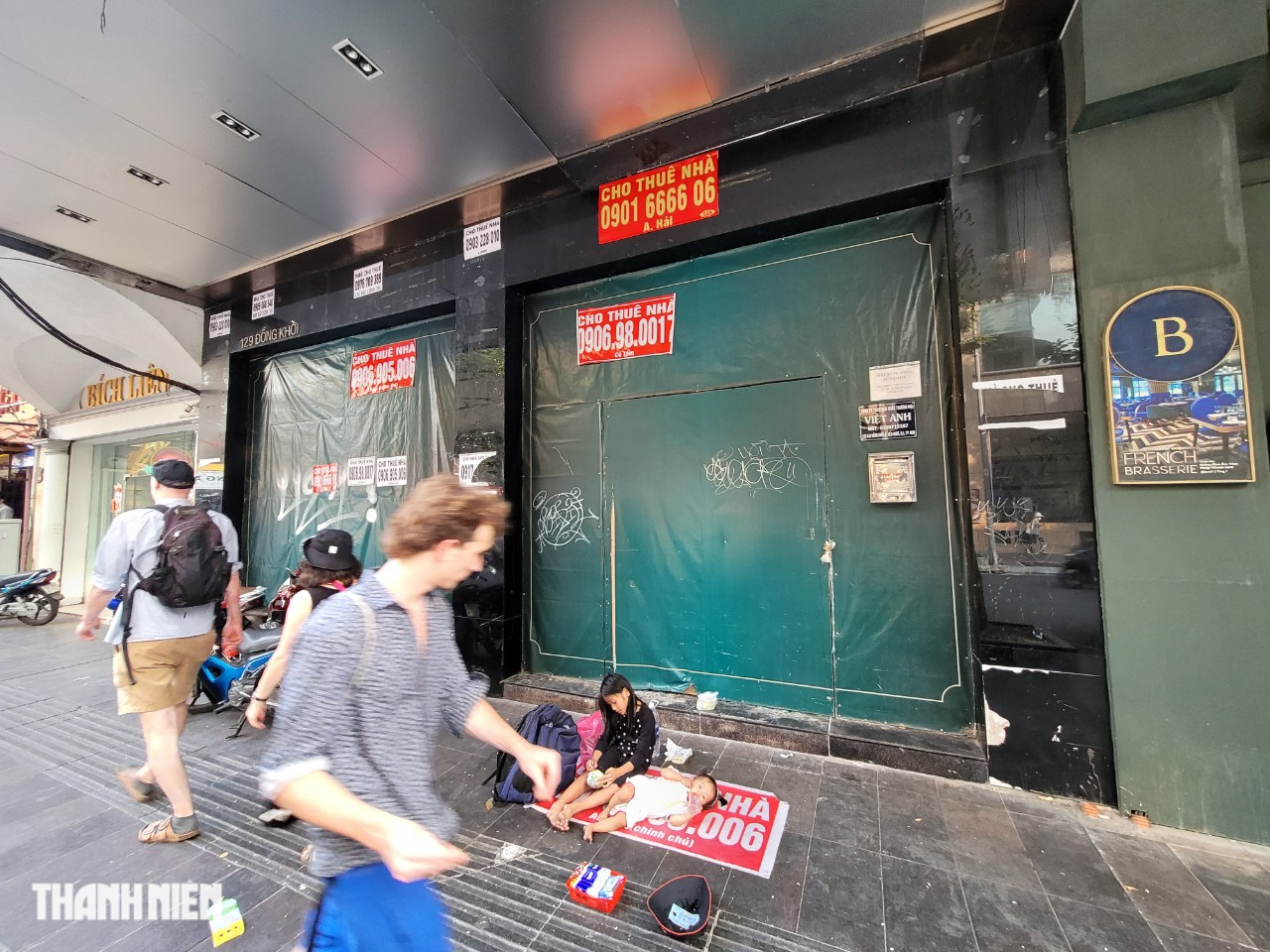
Passersby come across countless houses like this on Dong Khoi Street - a symbolic street of wealth with houses that cannot be measured in money but are worth a lot of money.
Former Deputy Chief Architect of Ho Chi Minh City: 'Don't make the canopy of Le Loi Street like a chicken coop'
The Ho Chi Minh City Business Association has just sent a report to the Ho Chi Minh City People's Committee on the business performance in March and the first quarter of 2023. The association's survey results show that the situation of many units and industries is still difficult. Specifically, 41.2% of enterprises are facing difficulties due to a narrowing market; 17.6% are affected by increasing input material prices; 11.2% lack suitable human resources; 17.6% lack business capital; 5.9% lack production and business premises and other difficulties account for 6.5%.
Source link



![[Photo] Ministry of Defense sees off relief forces to the airport to Myanmar for mission](https://vstatic.vietnam.vn/vietnam/resource/IMAGE/2025/3/30/245629fab9d644fd909ecd67f1749123)
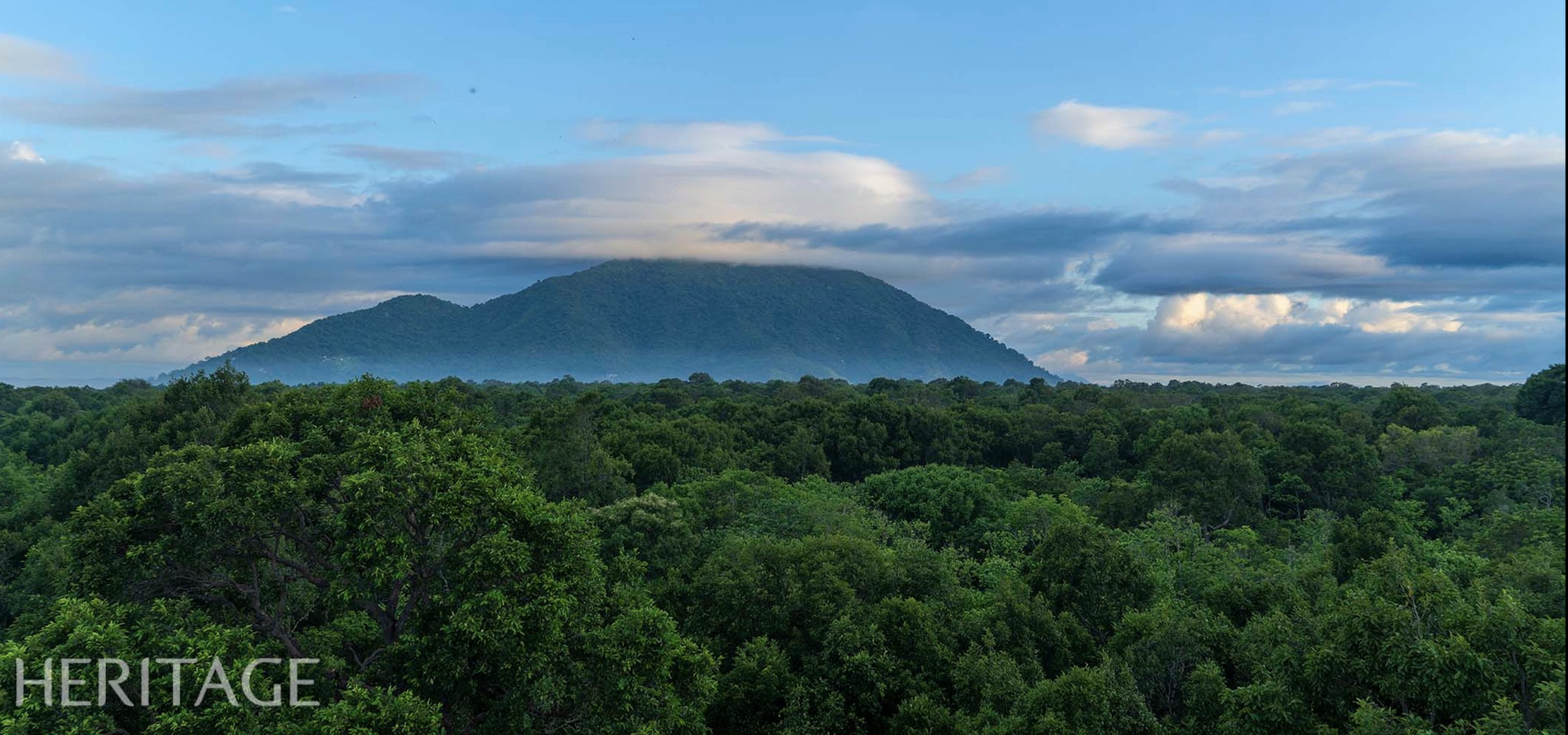


![[Photo] Prime Minister Pham Minh Chinh chairs meeting to remove difficulties for projects](https://vstatic.vietnam.vn/vietnam/resource/IMAGE/2025/3/30/7d354a396d4e4699adc2ccc0d44fbd4f)







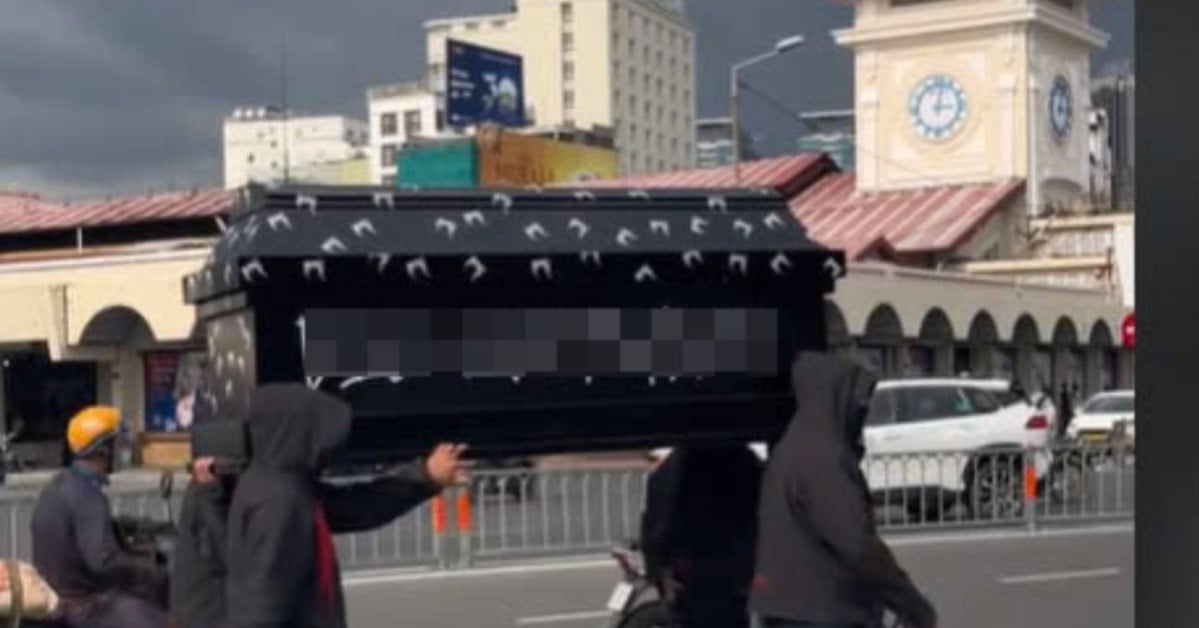



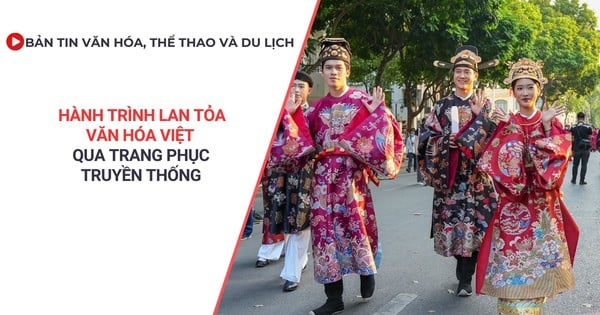

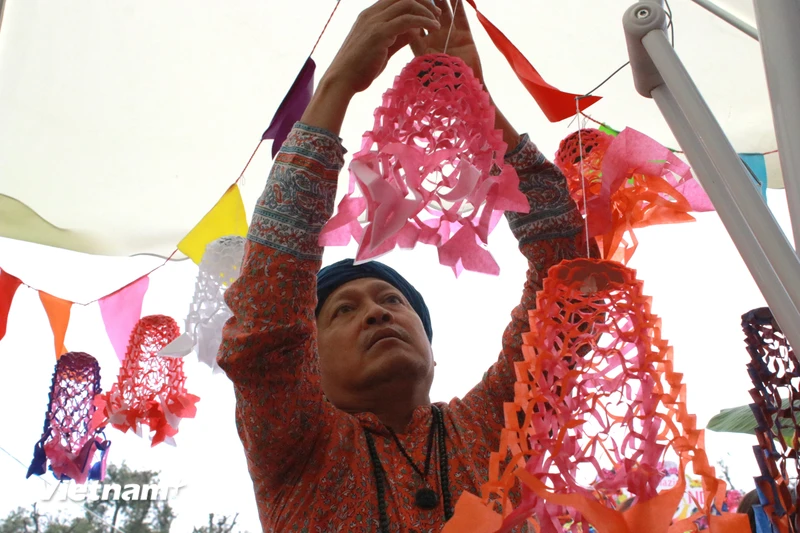

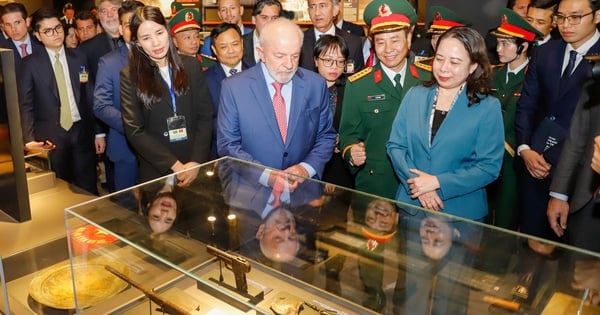









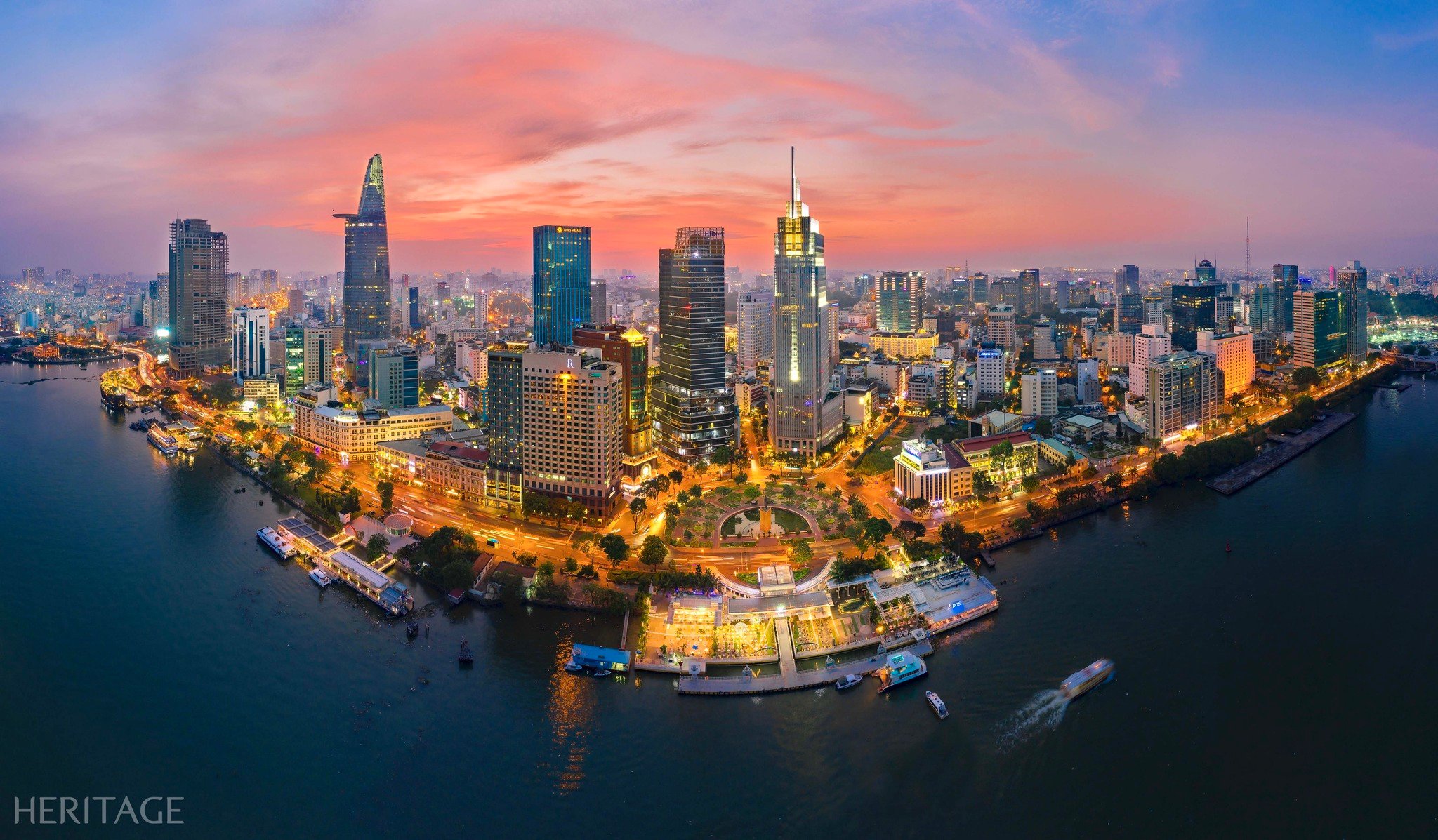












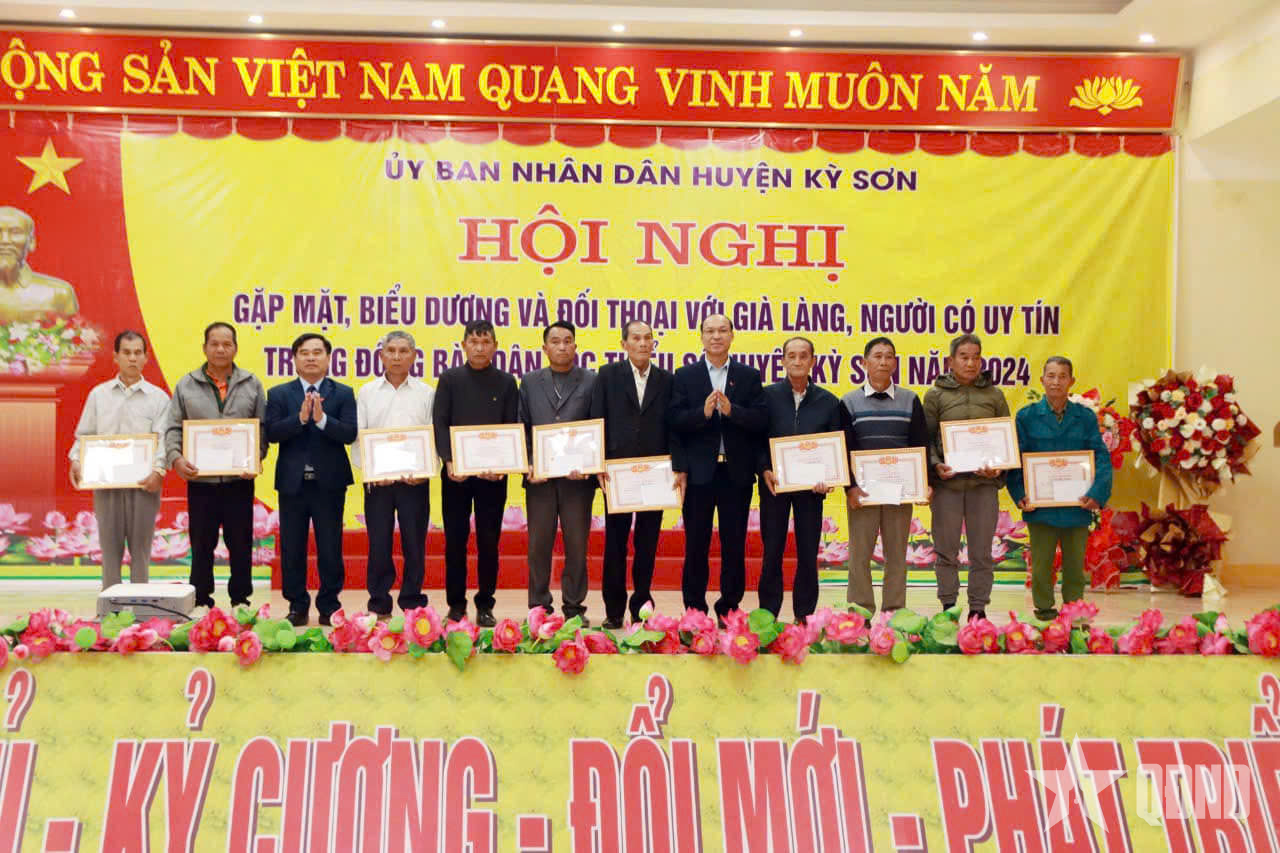
























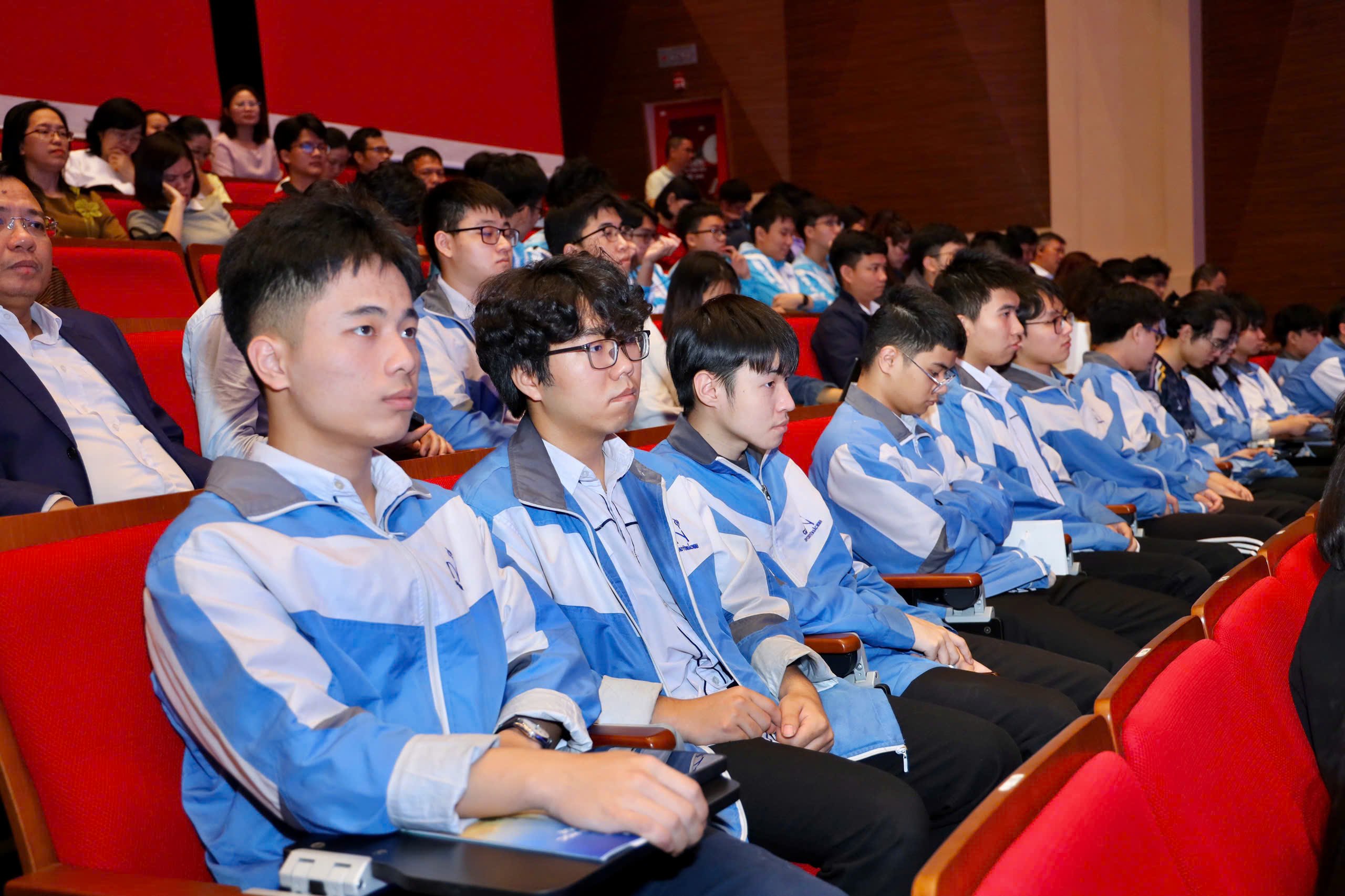






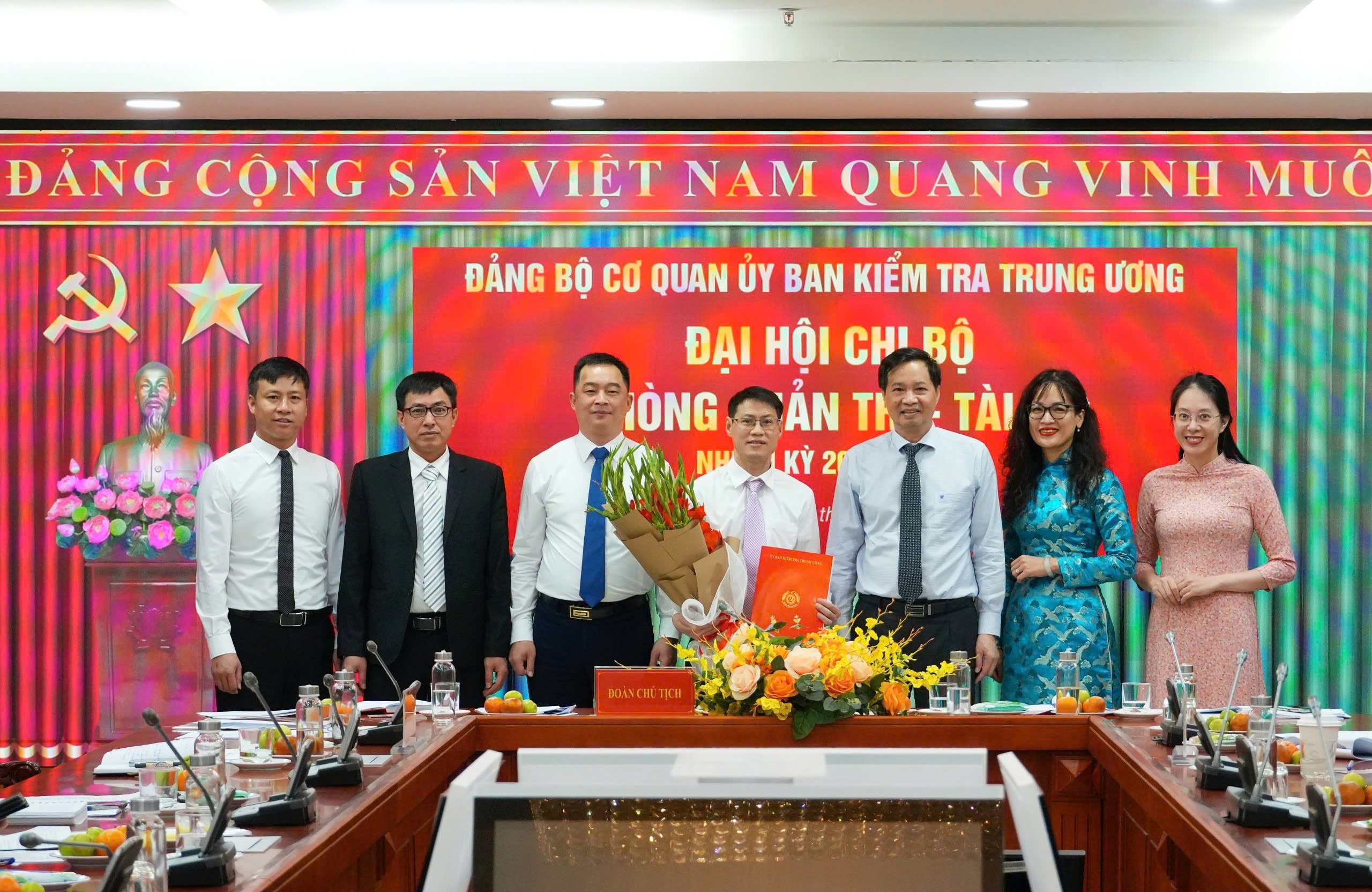




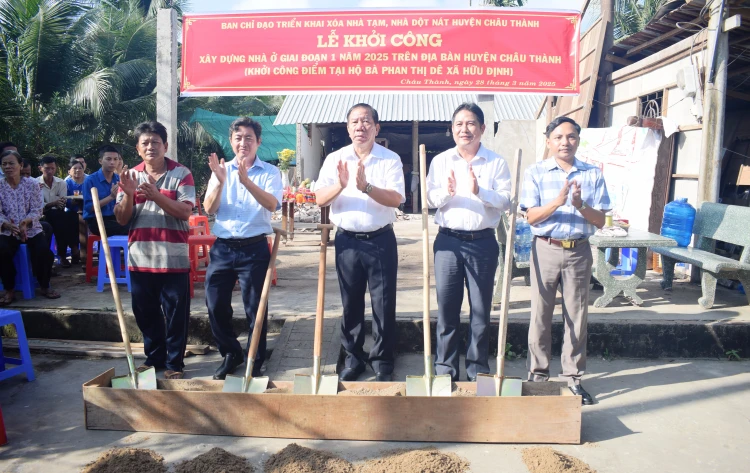



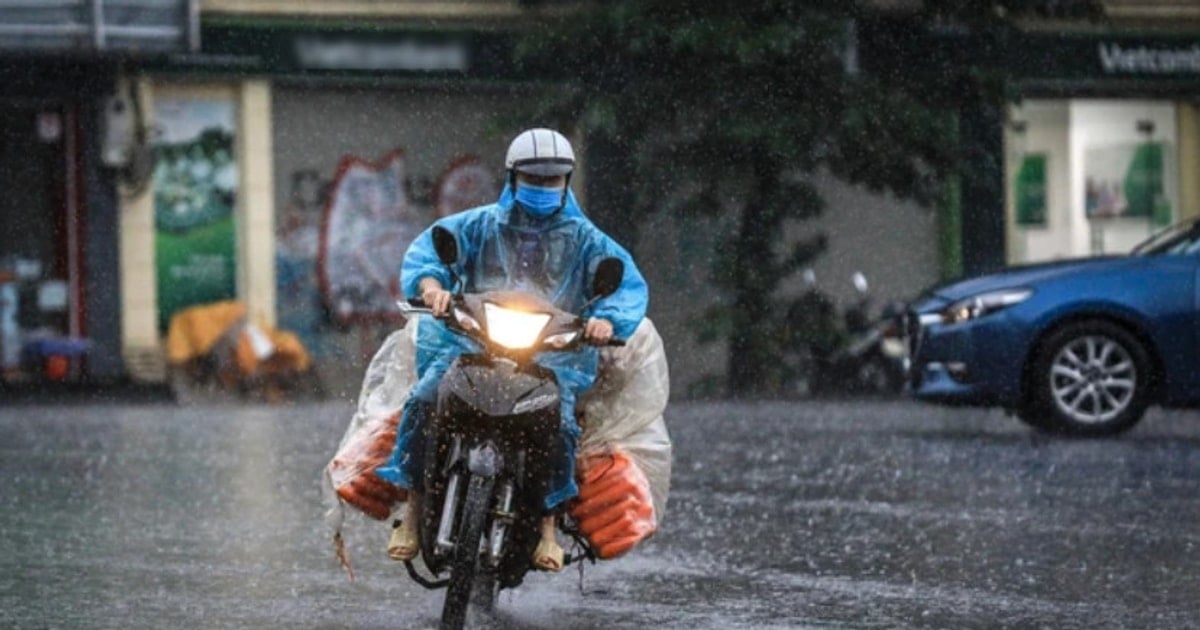



![[REVIEW OCOP] An Lanh Huong Vet Yen Cat](https://vstatic.vietnam.vn/vietnam/resource/IMAGE/2025/3/27/c25032328e9a47be9991d5be7c0cad8c)




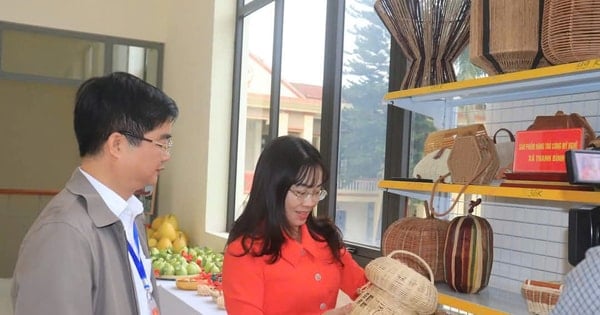


Comment (0)